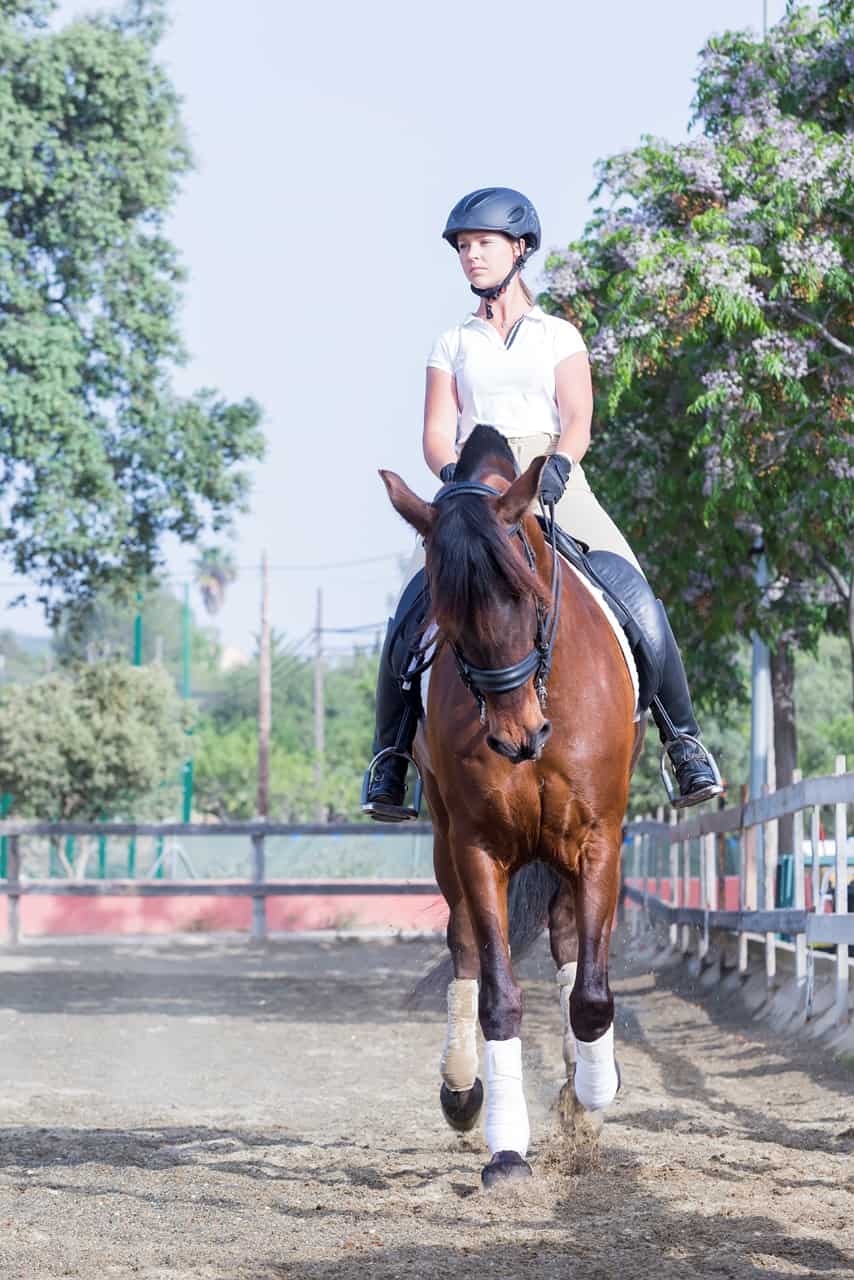Prepurchase Exams for Upper-Level Sport Horses

What will your veterinarian evaluate during one of these evaluations? At the 2018 American Association of Equine Practitioners Convention, held Dec. 1-5 in San Francisco, California, Melissa Welker, DVM, of John R. Steele & Associates, in Vernon, New York, reviewed what’s involved in her prepurchase exams for upper-level sport horses.
“The equine prepurchase exam has evolved a great deal in recent years,” she said. “As technology advances, so does the level of complication these exams often entail. The value of sport horses has increased dramatically in the last decade, creating a new sense of pressures on the buyer, seller, and veterinary practitioner asked to perform the a prepurchase exam.”
As such, she encouraged veterinarians to find a routine that works for them and stick to it
Create a free account with TheHorse.com to view this content.
TheHorse.com is home to thousands of free articles about horse health care. In order to access some of our exclusive free content, you must be signed into TheHorse.com.
Start your free account today!
Already have an account?
and continue reading.

Written by:
Erica Larson
Related Articles
Stay on top of the most recent Horse Health news with















